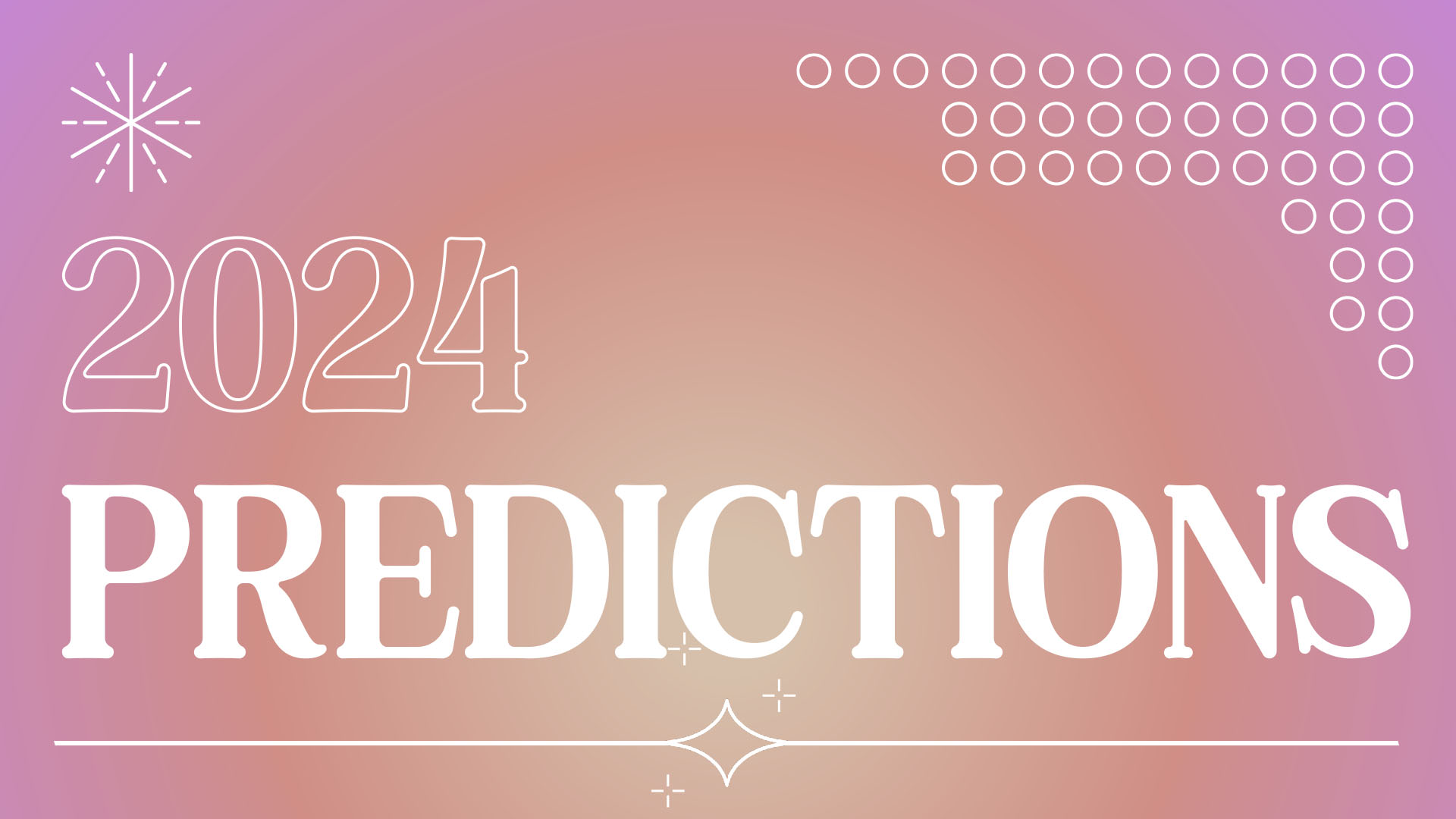Published by
In 2023, the blowing winds and rate of change across the business landscape has been nothing if not extraordinary. The promise of technology continues to exponentially change how we think about market dynamics, our customers, partners, and even our employees. The game is wide open around who will pioneer this period. While I expect 2024 to be no different, I do expect business leaders to to drive a rigor that marks a different tone. Organizations are rightfully reevaluating their approach to investments, technology, and customer experience, each demanding a reasonable return. I’ve gathered insights from industry experts and thought leaders at Bottle Rocket to provide a preview of the emerging trends and paradigms that will likely shape the upcoming year. From adjusting capital investments to redefining efficiency metrics and integrating artificial intelligence into workforce dynamics, we anticipate substantial changes and exciting advancements in the year ahead.
“Capital will continue to be expensive and will in turn weed out what historically were weak investments with immature underlying business cases. This year we started to see the pendulum swing with investments in CX, digital products and innovation features (outside of AI) being significantly deprioritized. Next year we anticipate this trend will become more mature, with a greater number of financially minded stakeholders demanding robust business cases and significantly more robust data-backed hypothesis to greenlight any incremental investment in these areas.” – Peter Klayman, SVP, GTM & Business Strategy
“Efficiency as we know it of cost savings, time savings, or speed to market will become less important as a measure of viability or ROI. All organizations will have similar access to efficiency tools and will hit a physical limitation on how low these numbers can go, similarly to why Intel can no longer promise doubling of processor speed. The importance of more subjective measures like social responsibility and environmental responsibility will increase and become mainstream for business strategic growth.” – Raghid El-Yafouri, Technical Consultant
“We expect to see a distinct shift away from manual task-based functions and leveraging voice command to complete day to day work activities. This isn’t new for more consumer-based technologies, as seen with Alexa, Google Home, etc., but hasn’t been adopted within the workforce are broadly. With more and more employees utilizing GPTs for search, content creation, and market insights to assist in their daily tasks, it’s only natural for this to evolve into voice command prompts to create artifacts used in everyday business.” – Rin Mitchell, Director of Product Management
“GPTs will be created for the major product analytics platforms in use today making it much easier for teams to get their questions answered. The data analysts working in these tools to mine insights will gain a sidekick to make responding to the ever-increasing data requests faster and more efficient. In a digital world where ROI outcomes are becoming a requirement for any new feature developed, this will be a welcomed addition by all team members.” – Tim Duncan, Principal Product Manager, Growth
“Omnichannel CX strategies are shifting away from a uniform, duplicative approach across channels in favor of showcasing distinctive brand interactions crafted for each specific channel. Consistency in the brand experience no longer depends on replicating capabilities across platforms. Instead, it hinges on ensuring each channel delivers a consistently high-quality interaction, allowing the brand to recognize customers regardless of the touchpoint. In the coming year, we expect brands to invest in gathering and utilizing data in established personalized channels, while also expanding into new channels such as voice and immersive experiences.” – Ashley Banagas, Experience Consultant, Service Design
“Organizations will embrace structures where tens and hundreds of smaller AI systems working side by side with people as complementary resources holding visible and concrete roles/functions within teams and departments, and they will develop AI resource management (like HR) to onboard, train, assign tasks, evaluate, and develop them. Recent studies are showing that small and tiny model AIs are as effective as large model AIs (like ChatGPT) when it comes to solving narrow and focused verticals. These models are cheaper, easier, and more practical for generating efficiencies in defined use cases rather than the do-it-all giants.” – Raghid El-Yafouri, Technical Consultant




